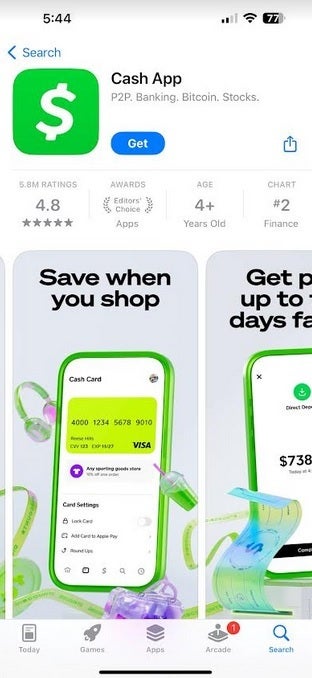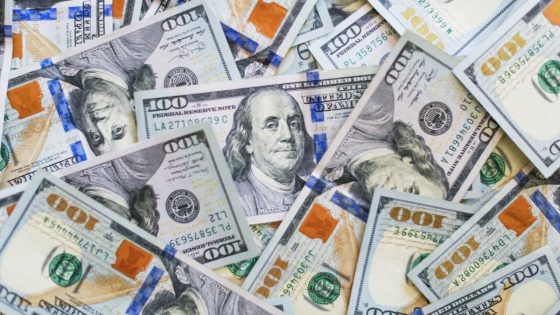Apps like Zelle, Venmo and others are being used to drain smartphone users’ bank accounts،
Manhattan DA Bragg Jr. says financial apps are 'most lucrative target' for scammers

One of the apps cited as problematic by the Manhattan DA was Cash App.
Bragg Jr. is Manhattan's district attorney, but what he's describing is actually a nationwide problem. In his letters to the CEOs of Zelle, Venmo and Cash App, Bragg Jr. wrote: “In the last year alone, robberies have occurred from Los Angeles where several people have been robbed of thousands of dollars via Venmo at knifepoint. in Orlando, where a woman watched as thousands of people dumped her Venmo after a child asked her to use her phone. Similar thefts and holdups have been publicly reported in West Virginia, Louisiana, Illinois, Kansas, Tennessee, Virginia, and elsewhere in the United States. “
Bragg Jr. explains that in one version of the scam, a stranger approaches a smartphone owner and asks them to borrow their phone to make a call, and while they have the device the victim, the thief transfers a large amount of money using the victim's financial application. In another scheme, the stranger asks for a donation for a specific cause and offers to transfer the money himself using the victim's smartphone. But once the phone is in the scammer's possession, he transfers a large sum of money to his own account.
The easiest way to avoid getting scammed is to not allow anyone other than you to hold your phone in your hands.
A spokesperson for Zelle's parent company, Early Warning Systems, downplayed the number of incidents while admitting it was aware of the criminal activity mentioned in Bragg Jr's letter. The company said: ” Less than one-tenth of one percent of transactions are reported as fraud or scams, and this percentage continues to decline. »
A Cash App spokesperson said the company was “committed to building trust with our customers and investing in areas that help build a safe and secure platform.” It added that it works “proactively and diligently to protect our customers' money and mitigate the risk of fraud on our platform through a combination of preventative controls such as multi-factor authentication, account transaction limits , fraud detection and consumer education. “
The new feature also requires an hour to pass between when an iPhone user makes certain significant changes to the FindMy app, Face ID, Apple ID password, and more. After the hour, the user's identity must be verified by Face ID or Touch ID.
















